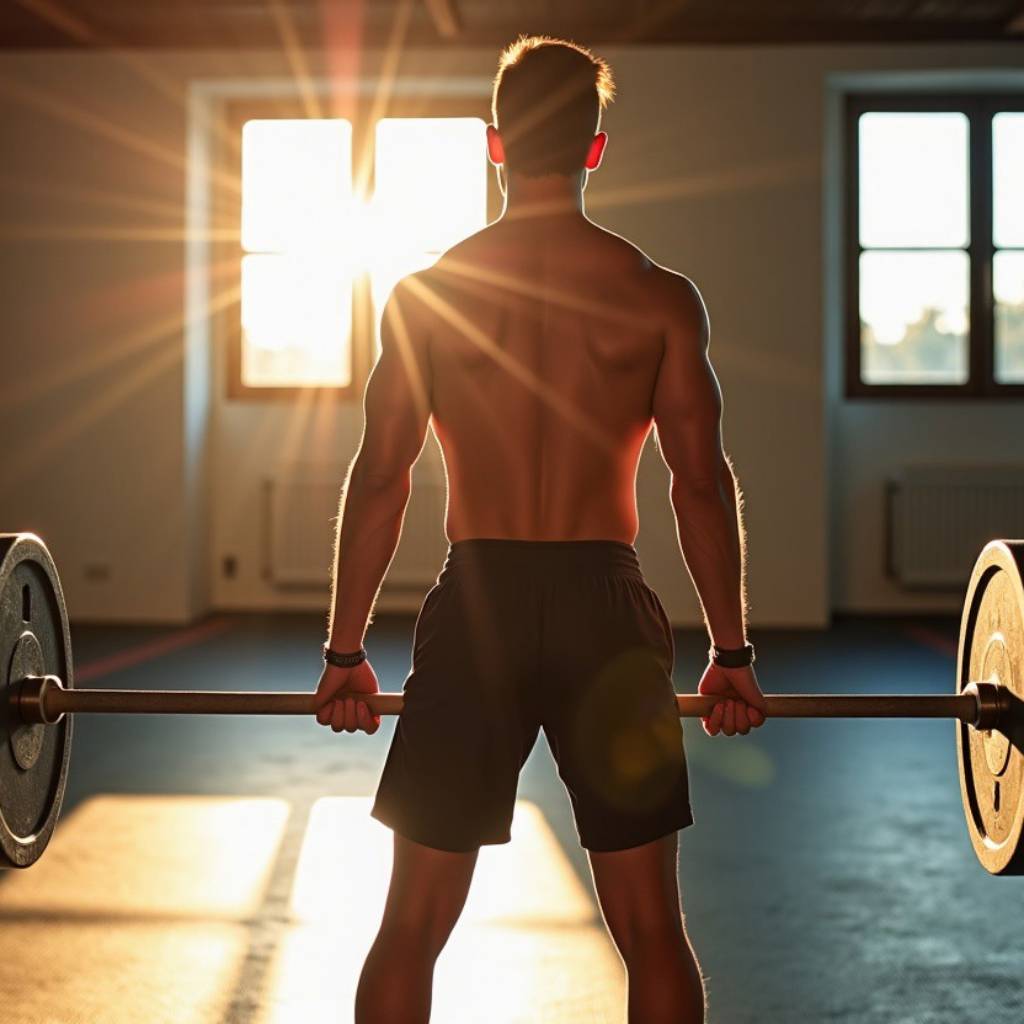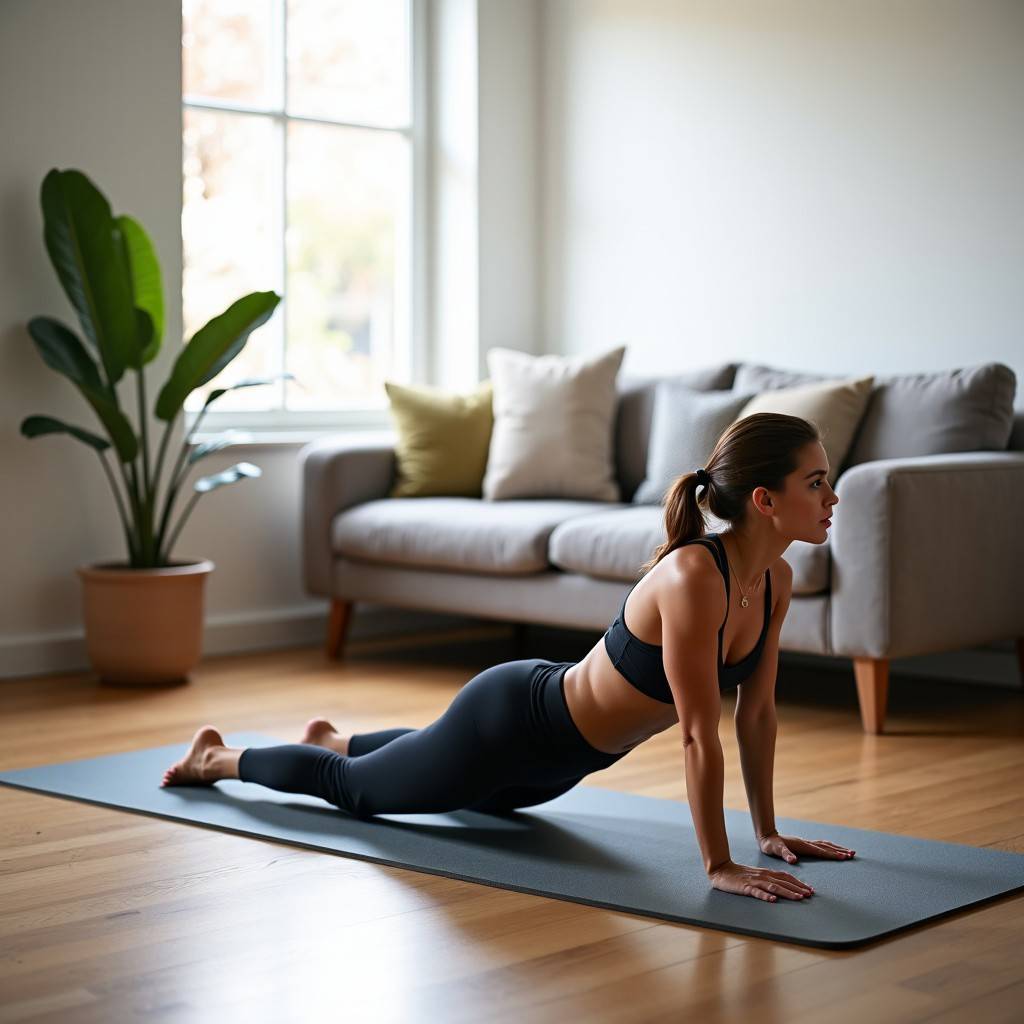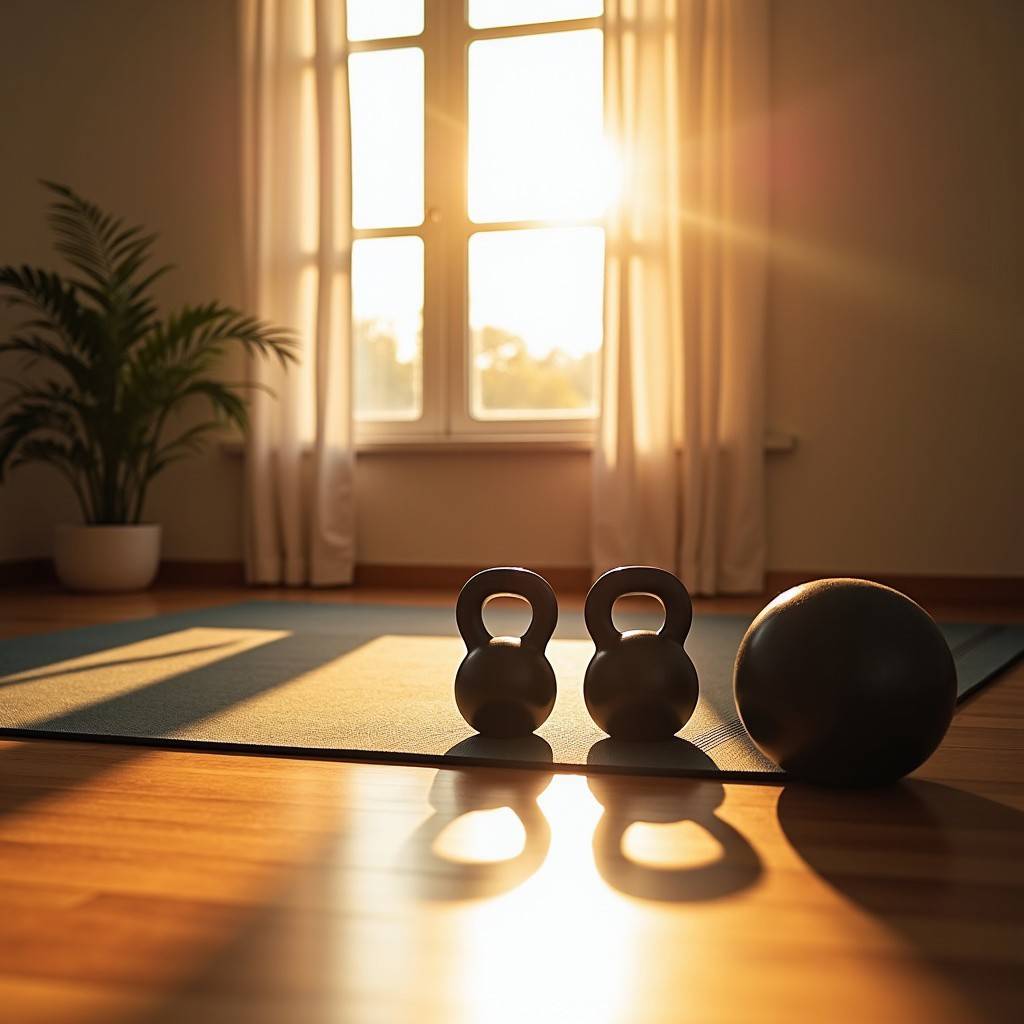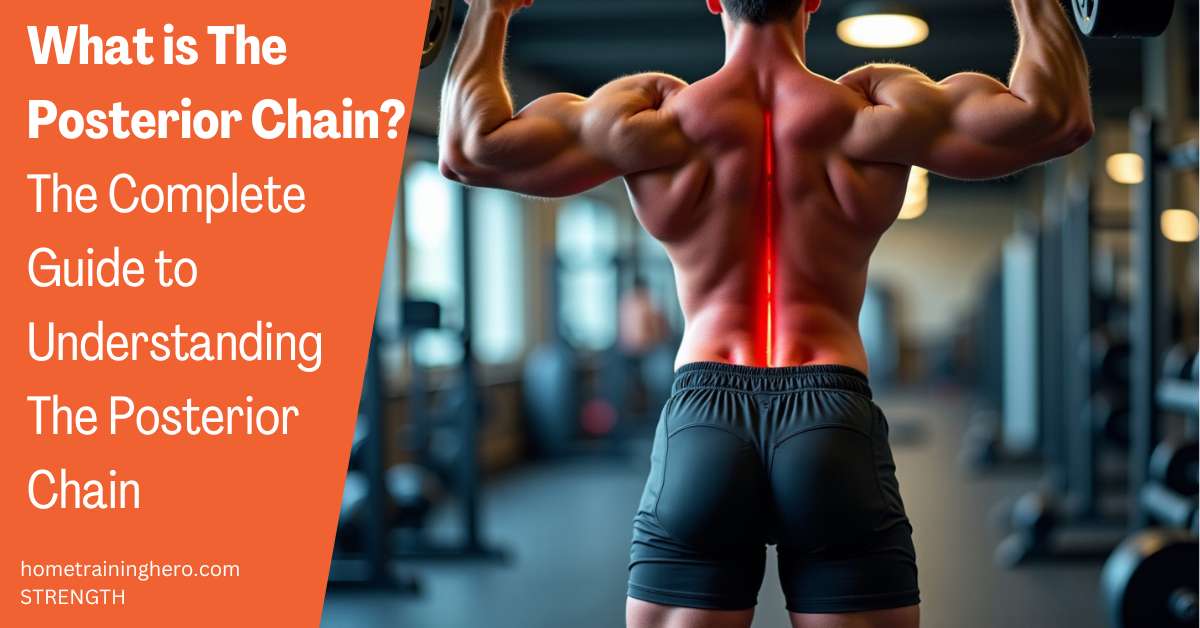Have you ever wondered why some people seem to move effortlessly, maintain perfect posture, and rarely complain about back pain?
The secret often lies in a well-developed posterior chain. In this comprehensive guide, we’ll explore everything you need to know about this crucial muscle group and how to strengthen it effectively at home.
Let’s dive in and find out what is the posterior chain and how to strengthen it:
- Amazon Kindle Edition
- Schniederjan, Sean (Author)
- English (Publication Language)
Contents
What Is the Posterior Chain?
The posterior chain is the powerhouse collection of muscles that run along the back of your body. Think of it as your body’s natural support system, working behind the scenes to keep you strong, stable, and moving efficiently.

Key Muscles in Your Posterior Chain:
- Upper Body Components:
- Trapezius (upper back)
- Latissimus dorsi (middle back)
- Erector spinae (lower back)
- Lower Body Components:
- Gluteus maximus, medius, and minimus (buttocks)
- Hamstrings (back of thighs)
- Gastrocnemius and soleus (calves)
Ready to build a stronger posterior chain at home? Check out our curated selection of the best equipment for posterior chain strengthening to get started.
Why Your Posterior Chain Matters

The importance of a strong posterior chain extends far beyond aesthetics. Here’s why you should care about developing these muscles:
- Improved Posture and Back Health
- Reduces lower back pain
- Prevents forward head posture
- Minimizes risk of spinal problems
- Enhanced Athletic Performance
- Increases power output
- Improves running speed
- Boosts jumping ability
- Better Daily Function
- Makes lifting easier and safer
- Improves balance and stability
- Reduces risk of falls
| Benefit Category | Weak Posterior Chain | Strong Posterior Chain |
|---|---|---|
| Posture | Forward slouch, rounded shoulders | Upright, aligned spine |
| Movement | Inefficient, compensation patterns | Smooth, powerful movements |
| Daily Activities | Strain and difficulty | Ease and confidence |
| Athletic Performance | Limited power, higher injury risk | Explosive power, reduced injury risk |
Common Signs of a Weak Posterior Chain
If you experience any of these symptoms, your posterior chain might need attention:
- Chronic lower back pain
- Difficulty maintaining good posture
- Knee pain during squats or climbing stairs
- Limited hip mobility
- Poor balance
- Hamstring tightness
The Science Behind Posterior Chain Strength
Research has shown that posterior chain exercises are crucial for preventing injuries and improving athletic performance. Studies indicate that athletes with stronger posterior chains demonstrate:
- 30% better sprint performance
- 40% higher vertical jump height
- 45% reduced risk of lower back injuries
Transform your home workouts with the right tools! Discover essential equipment for posterior chain development that fits your space and budget.
Top Exercises for Posterior Chain Development

1. Bodyweight Squats
A foundational movement that engages the entire posterior chain. Focus on pushing your hips back and keeping your chest up to maximize posterior chain engagement. Check out our guide to bodyweight workouts for beginners for proper form tips.
2. Romanian Deadlifts
Perfect for targeting multiple posterior chain muscles simultaneously. Learn more about proper form in our guide to bodyweight back exercises at home.
3. Glute Bridges
A fundamental exercise that’s excellent for beginners. Check out our complete guide to building glutes without weights.
4. Good Mornings
Great for developing hamstring and lower back strength. See our resistance band workout guide for band variations.
5. Farmers Walk
A simple yet effective exercise that strengthens the entire posterior chain while improving grip strength and overall stability. Start with household items like water jugs or grocery bags and progress to more challenging weights as you get stronger.
6. Nordic Hamstring Curls
An advanced movement that significantly strengthens the hamstrings. Learn more about the best Nordic hamstring curl equipment.
Creating Your Posterior Chain Workout Plan

For optimal results, incorporate these guidelines:
- Frequency: Train posterior chain 2-3 times per week
- Volume: 3-4 exercises per session
- Sets & Reps: 3-4 sets of 8-12 reps
- Rest: 48 hours between sessions
Take your posterior chain training to the next level! Browse our recommended equipment options to build the perfect home setup.
Common Mistakes to Avoid
- Neglecting warm-ups
- Using too much weight too soon
- Poor form during exercises
- Insufficient recovery time
- Ignoring mobility work
Conclusion
A strong posterior chain is fundamental to both athletic performance and everyday movement. By understanding its importance and implementing regular training, you can improve your posture, reduce pain, and enhance your overall physical capability.
Ready to take action? Start with our comprehensive guide to posterior chain equipment to build your perfect home workout setup.
FAQs
- How long does it take to strengthen the posterior chain? With consistent training, noticeable improvements can be seen in 4-6 weeks.
- Can I train posterior chain without equipment? Yes, bodyweight exercises can be effective, though adding resistance will accelerate progress.
- How often should I train my posterior chain? 2-3 times per week with adequate rest between sessions is optimal.
- What’s the best beginner posterior chain exercise? Glute bridges are excellent for beginners to develop awareness and strength.
- Can posterior chain training help with back pain? Yes, strengthening these muscles often helps reduce and prevent back pain when done correctly.


